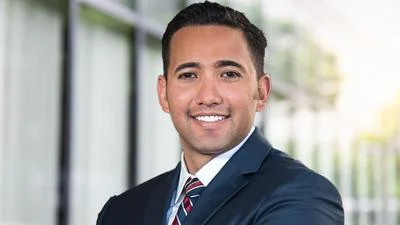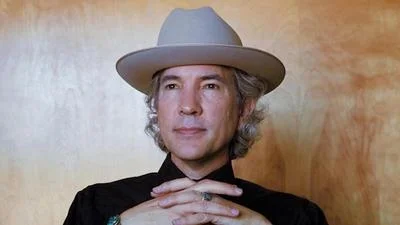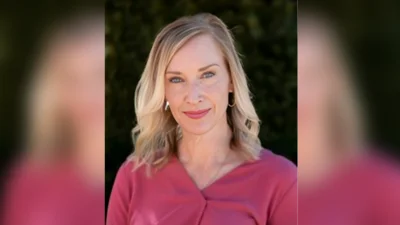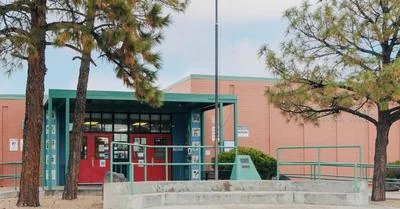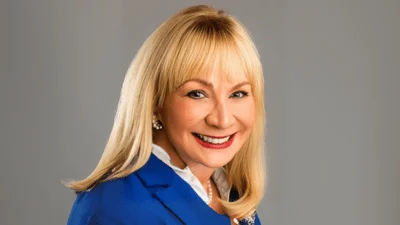"Why and how does a baby get fentanyl?" This question was on the mind of Keisuke “KK” Abe, MD, MPH, during his second day of practice in the pediatric emergency department at The University of New Mexico Hospital in 2021. He encountered young children being rushed in for treatment from the life-threatening drug. Motivated to address this issue, Abe enrolled in the Master of Public Health (MPH) program with a concentration in Epidemiology at the College of Population Health (COPH) during his Pediatric Emergency Medicine fellowship.
Fentanyl is a pain-relieving drug that has become widely known due to its overdose effects causing widespread devastation. While it affects people of all ages and backgrounds, the risk posed to babies inspired Abe's dedication to further research and education in public health at UNM.
In 2024, Abe presented his research at the Council of State and Territorial Epidemiologists (CSTE) Annual Epidemiology Conference in Pittsburgh. His presentation titled "Characteristics of Fentanyl Exposure in Infants and Toddlers in the U.S., Reported to Poison Centers, 2012-2021," provided insights into his extensive research on fentanyl exposure among young children.
Abe's study focused on fentanyl exposure among children under six years old reported between 2012 and 2021. He found that fentanyl exposure began increasing in 2012 and dramatically rose starting in 2019. Of the 905 cases studied, results showed severe medical outcomes for children from both prescribed and unprescribed sources, including a mortality rate of 2.8% and moderate to major effects leading to hospitalization for 45%. A significant finding was that most exposures were unintentional (91.3%), highlighting the need for safe storage or disposal by caregivers to prevent child exposures.
Abe’s efforts to help young patients are ongoing. After completing his fellowship program and MPH at UNM, he plans to relocate to Kansas to continue his work while fulfilling visa requirements by providing medical services to underserved areas. He aims to join an academic health center, engage in research, and work closely with pediatric patients and their parents. His goal is to leverage his MPH and epidemiology background for meaningful contributions to public health research and practice, particularly with state health departments.
As he prepares to leave New Mexico, Abe expresses appreciation for the knowledge gained during his time at UNM College of Population Health. He values the diverse backgrounds and perspectives of his classmates and professors which enriched his learning experience. He credits Samuel Swift, PhD, MPH, as a mentor who encouraged him to present his findings both in journals and at conferences. Additionally, he is grateful for the support from peers that helped him navigate American education nuances and public health terminology. Abe looks forward to continuing his work in epidemiology with hopes of making a positive impact on public health.

